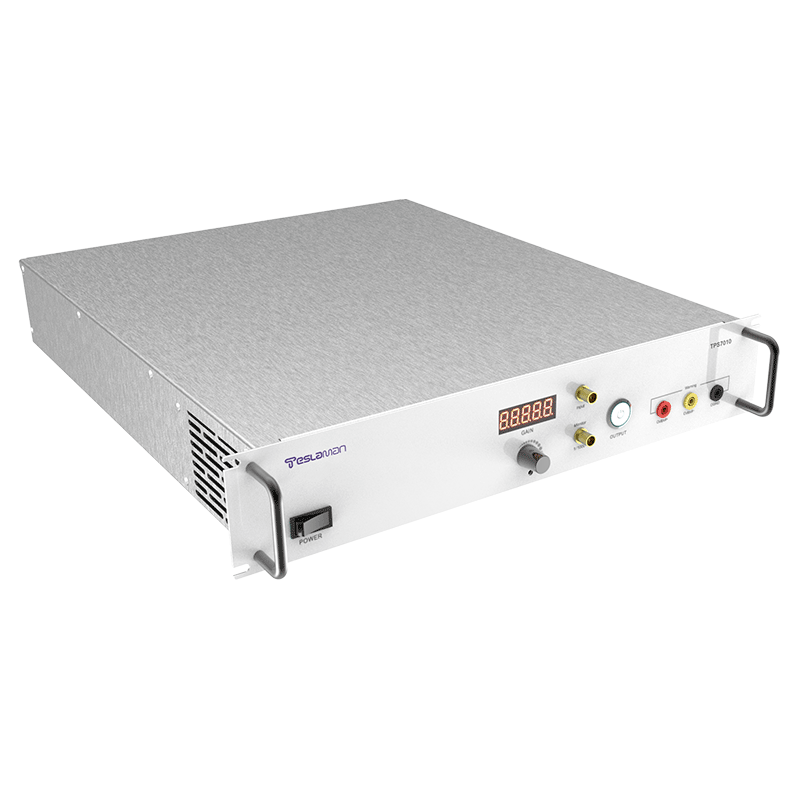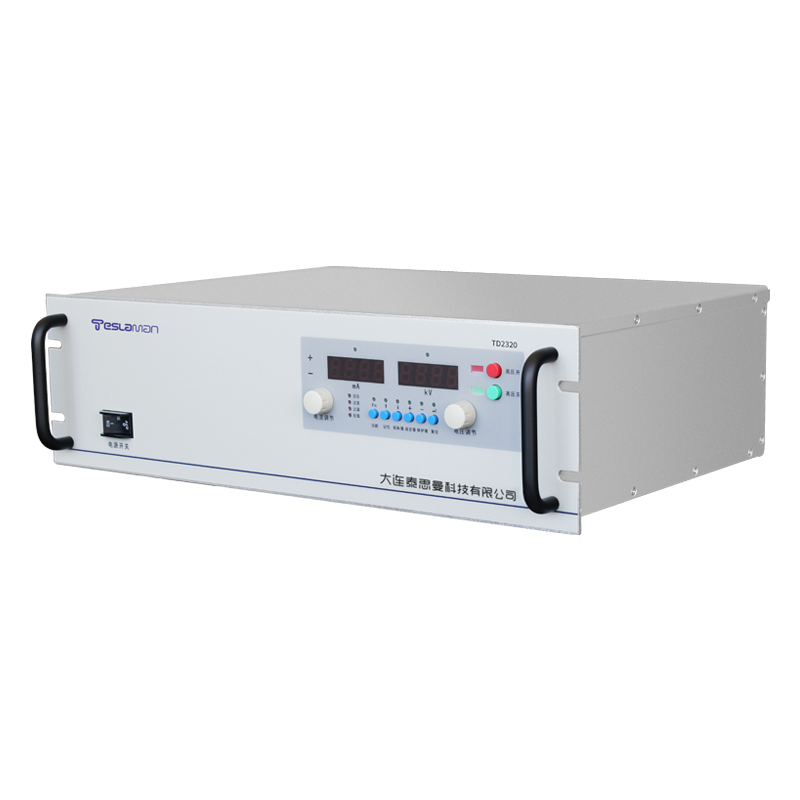Transient Protection Design for High-Voltage Power Supplies in Ion Implantation
Ion implanters are critical equipment in semiconductor manufacturing, requiring high-voltage power supplies to deliver stable voltages ranging from tens of thousands to millions of volts for precise control of ion implantation depth and concentration. However, these power supplies face multiple transient threats during operation:
Short Circuits and Arcing: Complex internal structures and dense power cabling in ion implanters can cause short circuits, leading to beam instability or equipment damage.
Load Fluctuations: Process switching or target material abnormalities may trigger instantaneous current surges exceeding the power supply’s capacity.
Electromagnetic Interference (EMI): High-voltage switching noise disrupts control signals, causing false triggering.
Traditional protection solutions (e.g., TVS diodes, varistors) exhibit significant limitations:
Poor Clamping Accuracy: TVS diodes’ internal resistance under high current can cause actual clamping voltages to far exceed set values (e.g., a 28V TVS may output 45V during load surges), forcing downstream circuits to withstand overvoltage risks.
High Static Losses: Varistors exhibit substantial leakage currents near breakdown voltages, conflicting with low-power requirements.
Non-Recoverable Operation: Fuses require manual replacement after activation, increasing maintenance costs.
Active Transient Protection Technology
To address these flaws, modern ion implanters adopt a three-tier active protection architecture:
High-Speed Signal Acquisition
Current-Sensing Circuit: A differential amplifier monitors output current in real time via precision sampling resistors (±0.5% accuracy), with RC integration circuits adjusting trigger delays (adjustable range: 0.1–10μs).
Voltage Comparator: Compares sampled signals with preset thresholds, maintaining overvoltage threshold errors within ±1%.
Rapid Response Mechanism
p-Channel MOSFET Switch: Upon detecting overcurrent or overvoltage, the comparator drives MOSFETs to cut off the load within <5μs, isolating the fault source.
Dynamic Clamping Modes: Offers shutdown or linear regulation options. The latter adjusts MOSFET on-resistance during overvoltage to stabilize output (e.g., at 26V with <5% fluctuation), avoiding process interruption.
Intelligent Restart Strategy
Soft-Start Circuit: Post-fault recovery uses PWM modulation for staged voltage restoration (e.g., ramping from 10% to full rated voltage within 50ms) to prevent secondary impacts.
Reverse-Battery Protection: Integrated p-MOSFETs replace series diodes, reducing forward voltage drops from 0.7V to millivolt levels. This minimizes system failure risks during cold starts (input voltage as low as 5.5V).
Application Value
Enhanced Reliability: Microsecond-level response to short circuits prevents power devices (e.g., IGBTs) from burning due to high-current surges.
Cost Optimization: Downstream circuits no longer need to tolerate high voltages (e.g., 45V), enabling the use of low-cost semiconductors.
Maintenance Efficiency: Auto-restart reduces manual intervention, cutting equipment downtime by 70%.
Conclusion
Transient protection for ion implanter high-voltage power supplies demands speed, precision, and intelligence. Active protection solutions significantly enhance system robustness through closed-loop monitor-clamp-self-recover control. Future advancements include silicon carbide (SiC) device integration to reduce EMI susceptibility and AI-driven fault prediction models for preemptive maintenance.




















